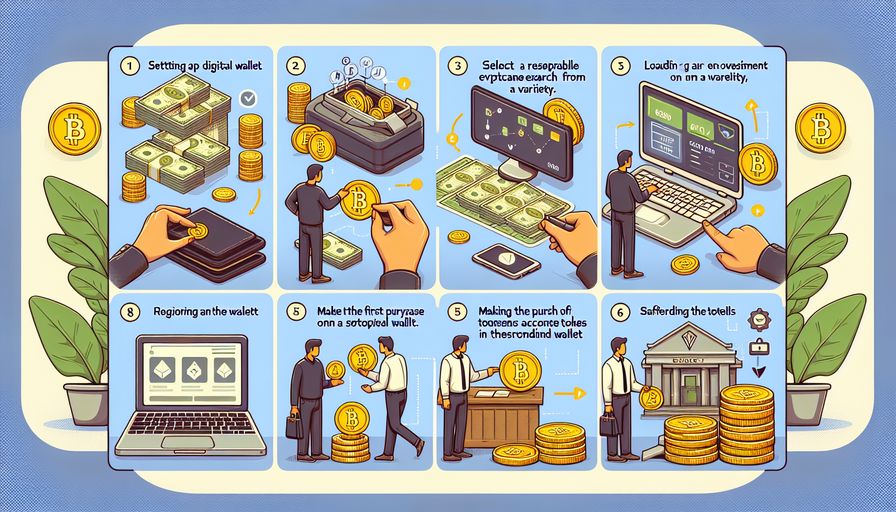Purchasing a home is a significant financial decision for most people. Understanding how to calculate your mortgage payments can help you budget effectively and make informed choices when buying a house. In this guide, we will walk you through the steps involved in calculating your mortgage payments.
Step 1: Gather the Necessary Information
Before you can calculate your mortgage payment, you need to gather some key information:
1. Loan Amount: This is the total amount of money you are borrowing to purchase the house.
2. Interest Rate: The annual interest rate on your mortgage loan.
3. Loan Term: The number of years over which you will repay the loan.
4. Payment Frequency: Whether your payments are monthly, bi-weekly, or semi-monthly.
Step 2: Understand the Components of a Mortgage Payment
A mortgage payment typically consists of four main components:
1. Principal: The amount of money that goes towards paying down the loan balance.
2. Interest: The cost of borrowing money from the lender.
3. Taxes: Property taxes that are paid to local governments.
4. Insurance: Homeowner’s insurance that protects against damage or loss.
Step 3: Calculate Monthly Payment using Mortgage Formula
The most common formula used to calculate a monthly mortgage payment is:
\[ M = P \frac{r(1+r)^n}{(1+r)^n – 1} \]
Where:
– \( M \) = Monthly Mortgage Payment
– \( P \) = Loan Amount
– \( r \) = Monthly Interest Rate (Annual Interest Rate divided by 12)
– \( n \) = Number of Payments (Loan Term in years multiplied by payment frequency)
Step 4: Example Calculation
Let’s say you are taking out a $250,000 mortgage loan with an annual interest rate of 4% for a term of 30 years with monthly payments.
First, convert the annual interest rate to a monthly rate:
\[ r = \frac{0.04}{12} = 0.00333 \]
Next, calculate the number of monthly payments:
\[ n = 30 * 12 = 360 \]
Now plug these values into the formula:
\[ M = \$250,000 \frac{0.00333(1+0.00333)^{360}}{(1+0.00333)^{360}-1} \]
\[ M ≈ \$1195\]
Therefore, your estimated monthly mortgage payment would be approximately $1195.
By following these steps and understanding how mortgage payments are calculated, you can better plan for homeownership and manage your finances effectively.


